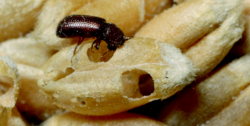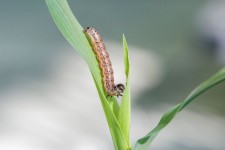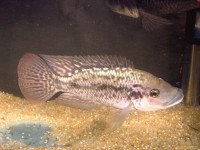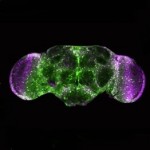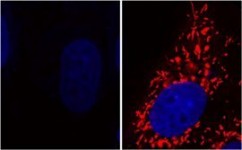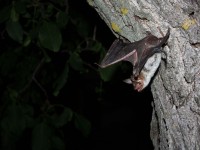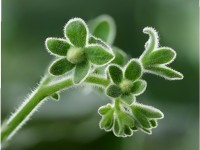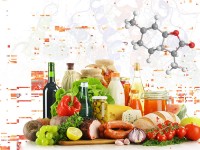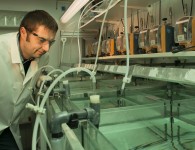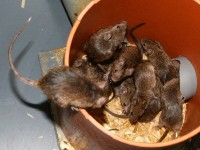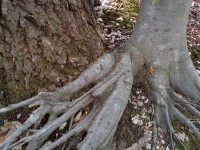Climate research undermined
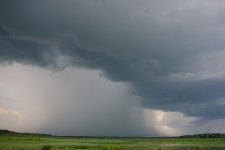
The about-face in US climate policy may amount to little more than a small step backward in fighting climate change, but it is a worrying attack on science itself. A report from the US. The Executive Order signed by US President Donald Trump last week that relaxed environmental regulations came as no surprise: Trump wants to roll back regulations for …


